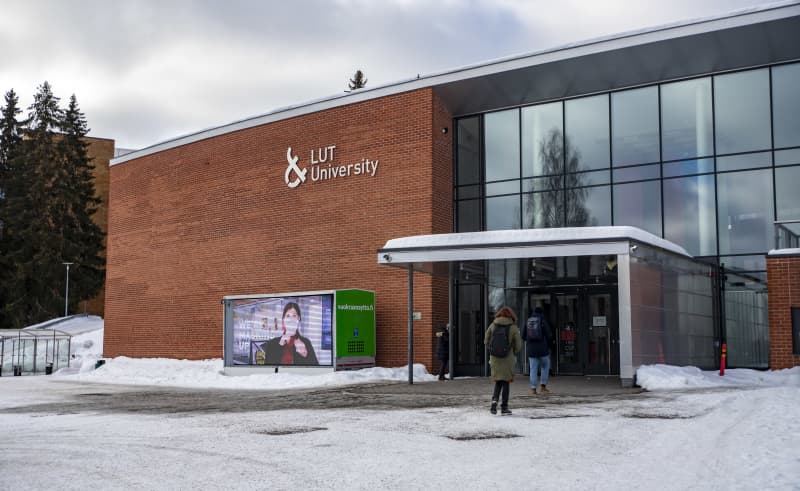
Commercial operators rank universities and researchers. Getting on the list can bring benefits, but the listing methods also favor certain parties.
Last year, he and 17 other researchers working at Finnish universities made it to the list of the most cited researchers of the American analytics company Clarivate.
Getting on the list means that they have managed to write articles about their research that have been cited by other researchers an exceptional amount.
But what is the significance of list success, and how should listings be interpreted?
Breyer: The articles found their audience
Christian Breyer thinks that getting on the list is a kind of acknowledgment of the long-term work and, on the other hand, that the research team has worked briskly in recent years.
On the other hand, he believes that success in the charts is also due to good luck.
– We have chosen the right research topics, and other researchers have found our article, says Breyer.

Breyer underlines that doing research is not an individual performance.
His research group cooperates with other research groups at his own university as well as internationally.
Appeal help for funding search
Getting on Clarivate’s list didn’t change Breyer’s daily life as a researcher overnight, but if success on the list is useful in the future, Breyer hopes it will be related to applying for research funding.
– It would be great if you could focus more on research work and less on running after funding, he reflects.
Three professors who have made the Clarivate list are currently working at LUT University.
The listing favors certain sectors
He currently works at the Science Information Technology Center CSC, but reviewed university listings in his previous job at the University of Tampere.
According to Himanen, for example, the media often deals with researcher and university rankings in an unnecessarily straightforward manner. He emphasizes that the listings do not tell unequivocal truths.
For example, Clarivate’s list of the most cited researchers is based on peer-reviewed English-language research articles found in the company’s own Web of Science database.
According to Himanen, the choice of database especially favors natural sciences and medicine, while the humanities and social sciences are poorly represented in the database.
According to him, it is also easier to get on the reference list, for example, if the researcher is involved in writing a joint research article of an international group of researchers. Joint publications typically collect more citations.
– Of course, this does not reduce the value of, for example, the fact that a natural scientist’s or a medical scientist’s publication gets a lot of references. It’s very easy to just draw straightforward conclusions that the one on the list is somehow better than many other researchers, says Himanen.
In addition to quantity, quality
Jari Hämäläinen, vice chancellor of LUT University, says that the university closely monitors its success on the list.
The various listings give the vice-chancellor information, for example, about how the disciplines of his own university fare compared to others.
In addition to the mere number of citations, however, you have to look at the quality – because you can get citations even with a bad study, if others start referring to the study in order to correct the mistakes made in it.

Reputation benefit
The citations collected by researchers are also important in university rankings, where universities are ranked.
Well-known university comparisons are THE, QS and ARWU. Hämäläinen estimates that access to comparisons can bring reputational benefits to the university.
– If the university is not world famous and someone is considering applying here to work or study, he can check what kind of university it is, Hämäläinen says.
According to project manager Laura Himanen, university comparisons typically favor well-known universities located in the northern hemisphere.
This is due to reputation surveys, in which the same universities are usually successful as always before. LUT’s Hämäläinen is also familiar with the problem.
– In addition, we must remember that the ranking companies are commercial actors who also offer consulting to universities, Hämäläinen adds.
Laura Himanen is involved in the international More than your rank initiative, the aim of which is to diversify the evaluation of universities’ success to a wider extent than what the rankings alone tell.
*You can discuss the topic on February 23 until 23:00 at Yle Tunnus.*
